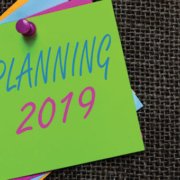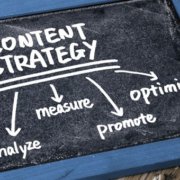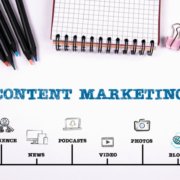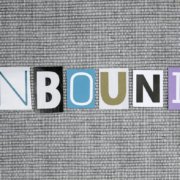Senior Living Sales: It Doesn’t Have to Be Like “Groundhog Day”
I sometimes miss working on the operations side of senior living, so much so that I’ll do occasional sales trainings and coaching projects to stay sharp. Whenever I dip my toes back into sales, the thing that surprises me most is this: marketing is like The Jetsons – innovative and exciting. Sales, however, is still like that Bill Murray classic: Groundhog Day. It’s as though time has stood still over the last 15 years as sales reps continue to struggle with the basics.
So let’s change that for good, shall we? Here are some ways to improve the sales process and results.
 1. You never get a second chance to make a first impression.
1. You never get a second chance to make a first impression.
Look at your community through prospects’ eyes and be honest about the basics. Start with the experience of arriving at the community. Can you improve the locations, landscaping, and visibility of signage (even at night)? Will zoning allow you to add feather banners or A-frames? Is there dedicated parking reserved for tours near the front door or are prospects circling endlessly? Is the landscaping inviting year-round? Is the outdoor furniture clean and arranged?
These small details can make a huge difference between your tour arriving relaxed and feeling welcome or stressed out and frustrated.
Bonus tip: Personalize your tour parking signage to add the names of expected guests so there will be a parking spot with their name on it.
2. Create a sense of belonging.
Prospects are typically looking at four to six communities. And let’s face it: most communities are very similar in design, services, and amenities. Prospects make decisions emotionally, which means you must build a strong sense of belonging from the minute they walk through your door. This starts with planning the visit to incorporate their life story, preferences, wants, needs, motivations, and non-negotiables.

Spending time as a team to plan every step of the visit will pay off with higher conversions. The better the discovery call, the better the planning and conversions. It takes the whole team to create a sense of belonging. For example, be sure the front desk is notified of all visits and has all the information they need to personalize their greeting. Also, provide notification to the line staff so they can participate more personally in the tour – and reward them when they do a great job!
Bonus tip: Use our turnkey “Red Carpet Tour” kit with all the resources needed to plan and execute the perfect tour.
3. It’s a $100,000 lifetime value sale, so why is there Styrofoam?
It now costs an average of $1200 to get a family to tour. This is an emotional decision and families will be sharing personal concerns, so setting up a hospitality suite with refreshments is a must. Conference rooms and offices are not conducive to sensitive and personal conversations.
And let’s get rid of Styrofoam, paper cups, and plastic cups and plates once and for all! The average resident lifetime value is usually greater than $100,000, so let’s roll out the glassware and china. Please use name-brand beverages. Store brand and generic brands shout “cheap.”
Bonus tip: Here is everything you need to create an inviting hospitality suite.
4. Location of the model apartment is critical.
I can’t tell you how many times I find the model apartment at the farthest end of the building. Why? So the maintenance department will not have to move it! The result? By the time the family gets to the model, they are already questioning if their loved one will be able to manage due to physical or memory deficits.
Always think of your prospect first—and what will be convenient to them. Ideally, the model apartments should be located in proximity to the hospitality suite. The model apartment should engage all senses: lights on, music playing, scented plug-ins, soft fabrics, and refreshments available. This is a place to linger, so have calendars, newsletters, floor plans, and menus out to create meaningful conversations.
Bonus tip: Use this model apartment checklist to see if your models are up to snuff! (download model apartment checklist)
5. Goodbyes and Advances.
Once the visit is wrapping up, it’s time to get a commitment to advance the relationship. This will be different for each prospect based on their unique situation. For earlier stage leads, a home visit, luncheon, or upcoming event may work best. For those closer to making a decision, a deposit, assessment, or re-tour with other decision-makers would be appropriate. Giving prospects something special is a memorable way to part ways, so consider having a swag collection available so you can find the right gift for each prospect. I recommend having dog/cat treats, teas/coffees, mugs, candies, small books etc. so I can find just the right gift for each prospect.
Bonus tip: Walk all tours out to their car to end the visit with a personal gesture.
Try free samples of our Red Carpet Tour kit!
Execute the perfect tour with planning tools, including forms, signs, staff recognition & post-tour gifts and followup resources.











